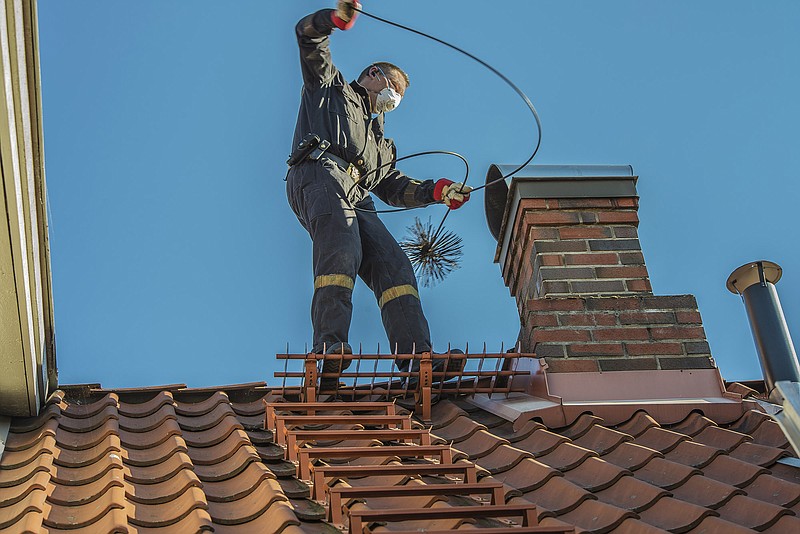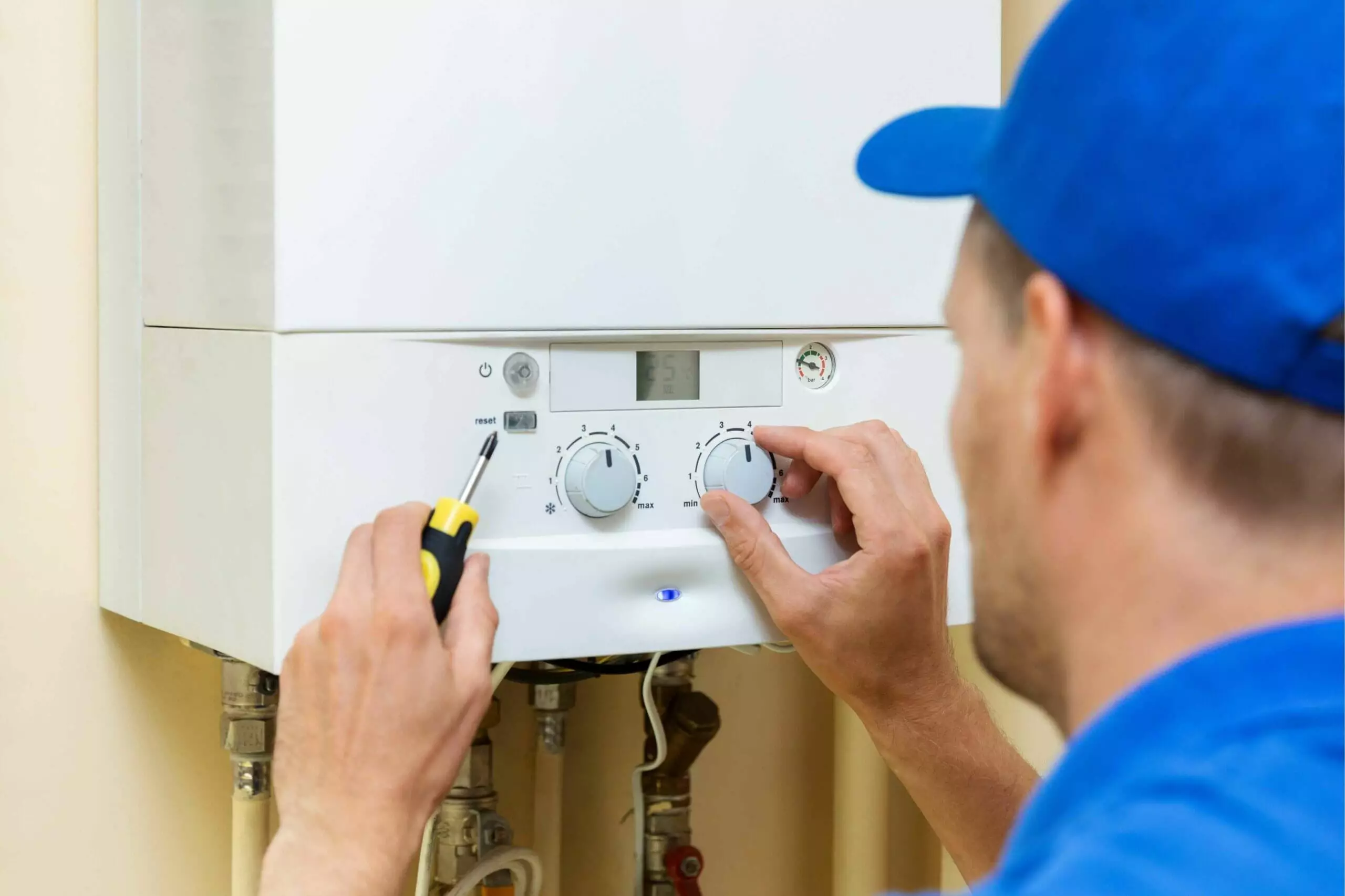Why Does My Chimney Need Maintenance?
Operating a fireplace is a wonderful and cosy experience. However, the chimney, flue, and firebox require consistent maintenance to keep functioning properly. Neglecting the chimney and flue can result in serious problems as time goes on. The longer you wait to schedule maintenance appointments with a specialist, the riskier it becomes. Neglecting these areas of your home could lead to dangerous situations that are best avoided by taking action sooner rather than later. Unfortunately, many people aren’t aware of how much danger neglecting their fireplace creates for them. Ignoring the chimney and flue increases the risk of carbon monoxide poisoning from extended use, as well as posing a fire hazard if left unattended for too long. There are several reasons why you need to schedule routine maintenance appointments for your chimney and flue as soon as possible.

Chimney Fires Are Very Dangerous
Chimney fires are a real danger that many homeowners overlook. Asbestos is a common component in older chimneys, so when it catches fire, the flames will burn at a much higher temperature than normal. The high temperatures create a thick, black smoke that fills your home, leaving you in extreme danger. This smoke can easily enter your lungs, causing a very serious illness called asbestosis that could prove fatal if left untreated. The smoke from a chimney fire also travels up the chimney, overwhelming the exhaust system and leading to carbon monoxide poisoning. If you see signs of a fire in your chimney – such as black smoke in the room, an unusual amount of heat, or a burning smell – it’s important to act fast. Shut off the fireplace, open the windows and doors, and call the fire department right away.
Carbon Monoxide Exposure Is Also Dangerous
In addition to being a fire hazard, operating a fireplace without maintenance can also result in exposure to carbon monoxide. The exhaust system of a chimney is designed to draw out smoke and other gasses, including carbon monoxide, from the room. When the chimney isn’t working properly, carbon monoxide moves into the room and pollutes the air. Although carbon monoxide is colourless and odourless, you can use a CO detector to identify when levels are dangerously high. If levels are found to be too high, it’s important to evacuate the home and bring in a professional to examine the fireplace. Carbon monoxide exposure can be fatal, so you should take any signs of exposure seriously.
Your Chimney Will Deteriorate Quickly
The chimney is a very unique structure, so you can’t simply buy a new one at your local hardware store. As your fireplace is used, the chimney will deteriorate, and you’ll need to replace it. However, some parts of the chimney will wear down faster than others. The crown, or the top of the chimney, is often the first part to show signs of damage. Over time, dirt and debris will collect around the crown, slowly eroding it until it’s no longer structurally sound. A damaged crown will result in poor airflow, leading to dangerous levels of carbon monoxide and soot in your home. Signs that your crown is damaged include water buildup and bubbling. If you notice any of these signs, call a professional to examine the chimney as soon as possible. A damaged crown needs to be replaced as soon as possible to reduce the risk of dangerous gasses entering your home.
A Limping Chimney Is A Serious Fire Hazard
As your chimney continues to deteriorate, it becomes less and less efficient. This leads to a limp chimney that isn’t able to properly draw out smoke, increasing the risk of a major fire. The longer you wait to repair a limp chimney, the higher the risk becomes. If you notice that your fireplace is taking longer to draw smoke, it’s a sign that the fireplace is limp. If left untreated, a limp chimney will eventually create a dangerous situation in your home. The longer you wait to have the chimney repaired, the more likely it is that smoke will build up inside your home and cause a fire. If you see signs that your chimney is limp, call a professional immediately. A limp chimney needs to be repaired as soon as possible to reduce the risk of a fire in your home.
Conclusion
The chimney, flue, and firebox are essential components of a fireplace that must be maintained to keep operating properly. Neglecting these areas can result in serious issues that are best avoided by taking action sooner rather than later. When you have your chimney and flue maintained, you can be sure that your fireplace is operating at peak efficiency. This will help to extend the life of your fireplace, reduce your energy costs, and keep your home safe and healthy.
Regular chimney maintenance prevents blockages, fire hazards, and structural damage while ensuring efficient ventilation. Homeowners looking to reach safety-conscious audiences can advertise with us to promote cleaning services, inspections, and repair solutions to protect every household effectively.

Kurt Avans is a home improvement blogger who strives to improve his life and the lives of others. He provides homeowners with helpful tips on how to renovate their homes. His goal is not only to provide easy-to-follow instructions, but also share his own personal experiences for those seeking guidance.







